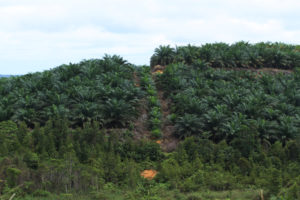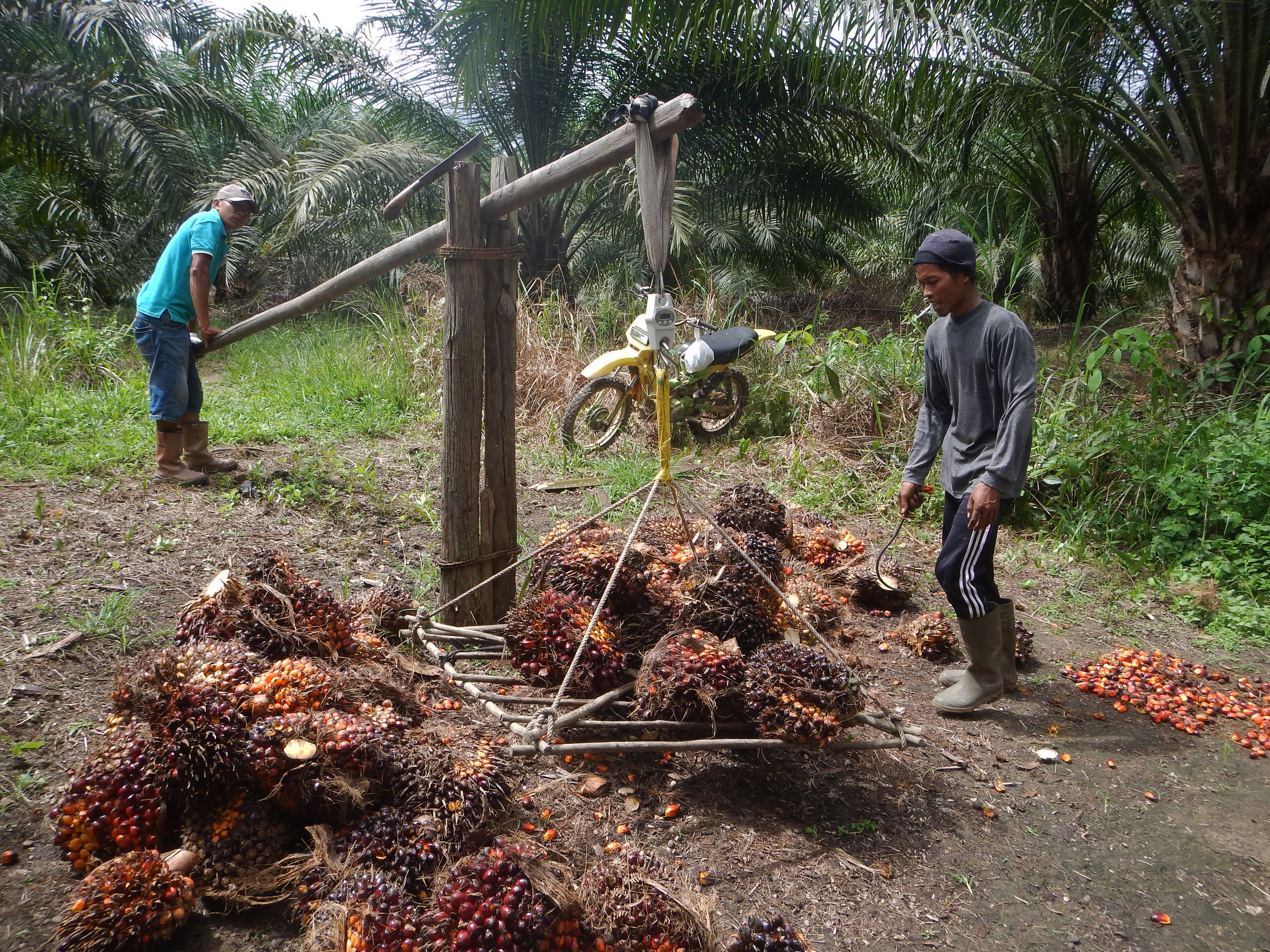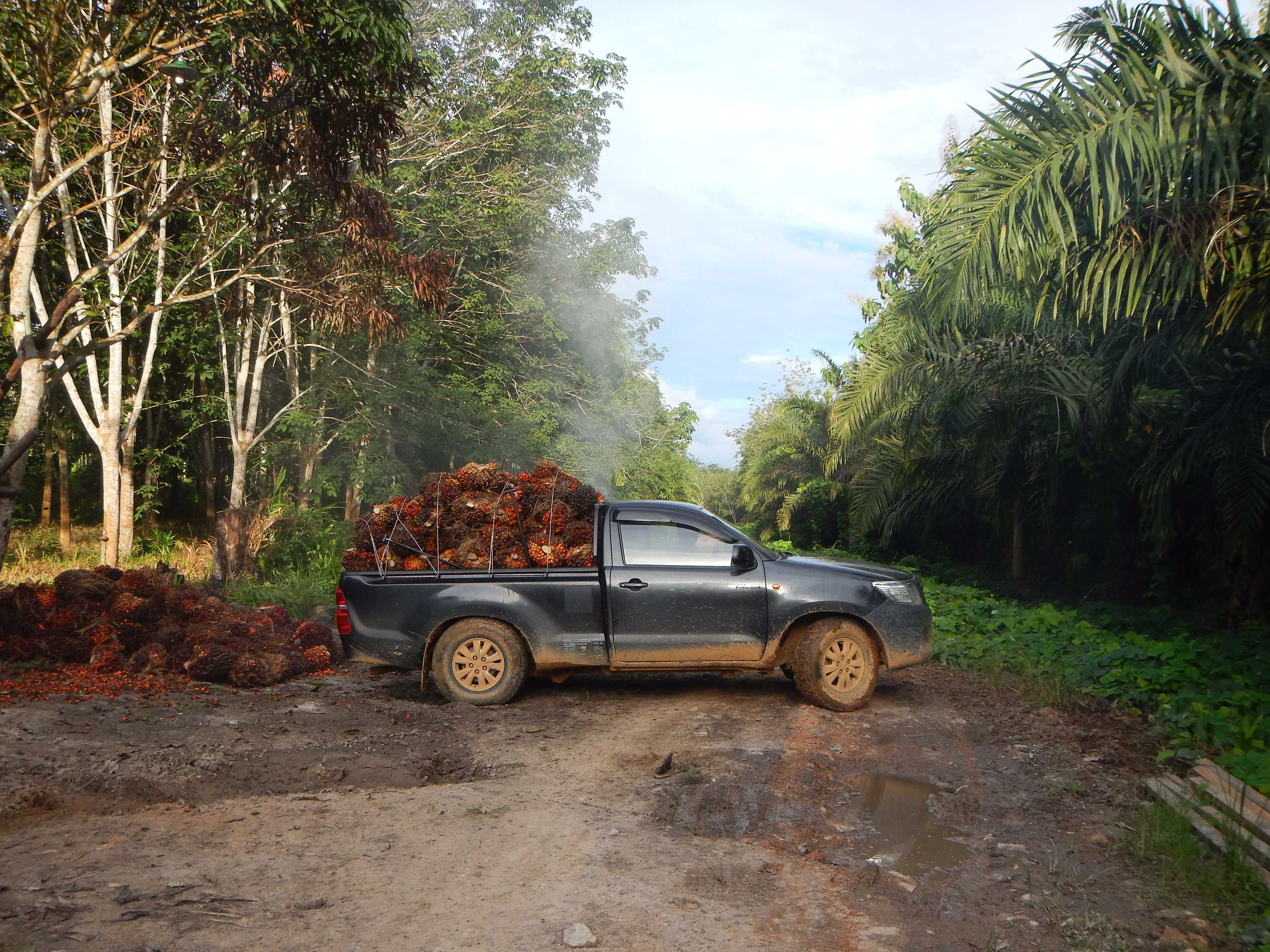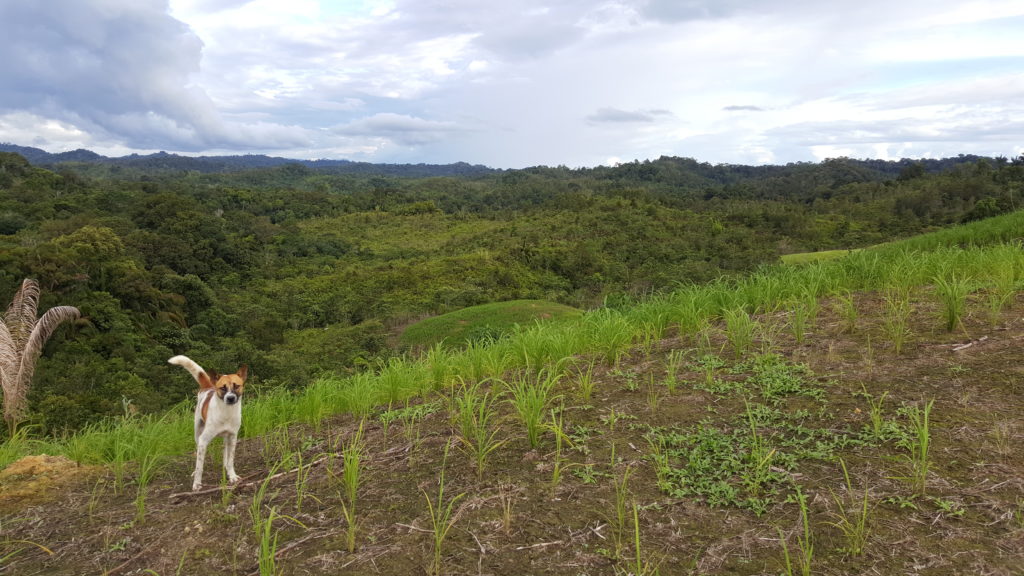 Best management practice (BMP) is an evolving science that focuses on production efficiency and natural resource management. WWF has long supported sustainable production assurance systems, such as the Roundtable on Sustainable Palm Oil (RSPO), however, BMP can be achieved with or without production assurance systems. The following BMP (adapted from Jason Clay 2004: World Agriculture and the Environment) using the example of palm oil can assist producers improve natural resource management and reduce environmental impact:
Best management practice (BMP) is an evolving science that focuses on production efficiency and natural resource management. WWF has long supported sustainable production assurance systems, such as the Roundtable on Sustainable Palm Oil (RSPO), however, BMP can be achieved with or without production assurance systems. The following BMP (adapted from Jason Clay 2004: World Agriculture and the Environment) using the example of palm oil can assist producers improve natural resource management and reduce environmental impact:
- Plan to optimise production efficiency and minimise environmental impact. A carefully planned Palm Oil production system can increase production efficiency and reduce environmental impact. The plantation layout should protect areas of high conservation value, avoid areas of high carbon stock, limit production to appropriate soil types, incorporate contouring to slow water run-off and place infrastructure (harvesting paths, roads, culverts, terraces) to manage erosion risk.
- Slow water run-off on slopes. Leaf matter from trimming can be used to reinforce terraces and create erosion barriers on contours. Silt pits can be constructed along roads and in fields to slow soil erosion.

- Minimise soil exposure. Plantations should always seek to maintain ground cover in the inter-row. Soft grasses and ferns can be encouraged under older palms where traditional cover crops may not grow. Clean cultivation or complete chemical desiccation of ground cover should be discouraged. To reduce unwanted plant growth, organic mulches made from disease free empty fruit branches can be used around mature trees, or biodegradable mulch sheets can be used around young trees. Mulches should also be used where ever possible to minimise soil exposure during clearing and planting.
- Minimise soil compaction. Tractors and trailers, if used, should be the appropriate size for soil type to minimise soil compaction. On easily compacted soils, draft animals, wheelbarrows, or cable systems can be used to manage production and harvest.

- Match fertiliser application to production demand. Simple mass balance calculations (i.e. nutrients applied versus nutrients harvested / lost) or nutrient monitoring programs can assist palm oil producers match fertiliser use to production demand. Ideally, a well planned nutrient monitoring program will ensure added nutrients never exceed the nutrients harvested or lost through erosion, leaching or volatilisation.
- Seek natural and organic fertilisers. Nitrogen-fixing legumes should be included in cover crops to provide a low cost, natural source of Nitrogen. Organic production waste and/or by-products, such as empty fruit bunches or palm oil mill effluent, can also provide valuable nutrients and reduce fertiliser demand. To avoid the application of Potassium, palm oil mill effluent and empty fruit branches should not be applied to the same area at the same time. Palm oil mill effluent may lose valuable nitrogen if stored too long. The application of fresh effluent should provide the best source of Nitrogen. Windrowed trunks of disease free trees, cut for replanting, can provide a slow release of production nutrition. Chipping, pulverising or grinding trunks may be a better option if pests are a problem in the area.

- Integrate non-chemical pest management measures into pest management programs. The following measures can reduce pests significantly:
- Early detection of pests and disease may improve the efficacy of non-chemical control options, while pest and disease load levels are low
- Encourage plants that support or attract natural enemies of palm oil pests
- Where Rhinoceros Beetle is an issue, shred and promote the rapid decomposition of old trees and use biological controls, such as the native baculovirus
- Grow thick legume cover crops to suppress pests from breeding in the inter-row
- Encourage barn owls and snakes to reduce rat populations
- Use renewable energy. A palm oil mill is capable of producing significant quantities of biogas (methane). Using biogas as an energy source gas could displace the demand for natural gas and reduce greenhouse gas emissions. Other renewable energy sources such as solar and biomass sources may also displace the demand for electricity and diesel
- Reduce water use. Water use efficiency can be improved by using drip or perforated tube irrigation systems rather than sprinkler systems.
- Harvest freshwater. Ponds and water catchment systems can be constructed to harvest fresh water instead of extracting water from natural water bodies. Palm oil processing mills should also seek to divert and segregate fresh water from effluent catchment systems. Segregating fresh water from effluent can reduce water treatment requirements (if discharging to the environment) and improve the quality of effluent as a fertiliser.




